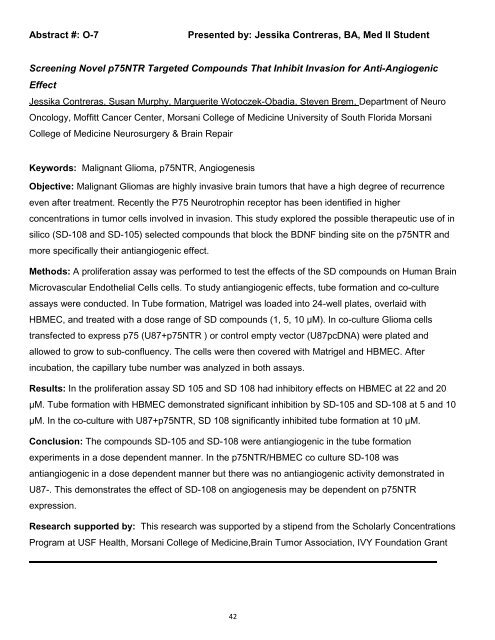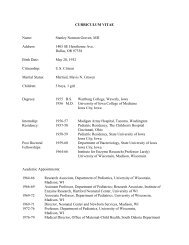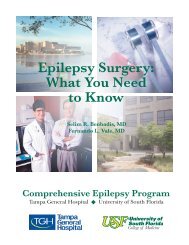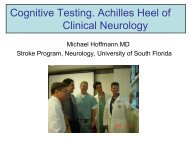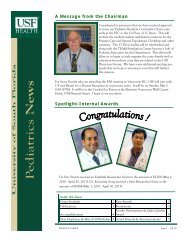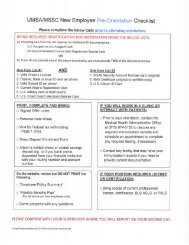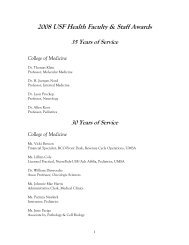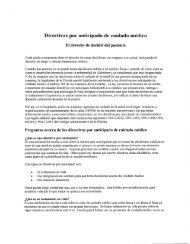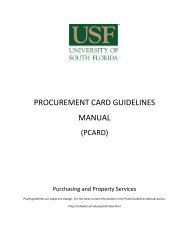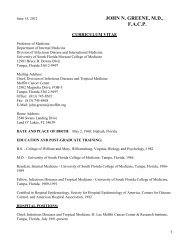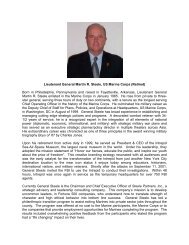2012 USF Health Research Day Virtual Book
2012 USF Health Research Day Virtual Book
2012 USF Health Research Day Virtual Book
You also want an ePaper? Increase the reach of your titles
YUMPU automatically turns print PDFs into web optimized ePapers that Google loves.
Abstract #: O-7 Presented by: Jessika Contreras, BA, Med II Student<br />
Screening Novel p75NTR Targeted Compounds That Inhibit Invasion for Anti-Angiogenic<br />
Effect<br />
Jessika Contreras, Susan Murphy, Marguerite Wotoczek-Obadia, Steven Brem, Department of Neuro<br />
Oncology, Moffitt Cancer Center, Morsani College of Medicine University of South Florida Morsani<br />
College of Medicine Neurosurgery & Brain Repair<br />
Keywords: Malignant Glioma, p75NTR, Angiogenesis<br />
Objective: Malignant Gliomas are highly invasive brain tumors that have a high degree of recurrence<br />
even after treatment. Recently the P75 Neurotrophin receptor has been identified in higher<br />
concentrations in tumor cells involved in invasion. This study explored the possible therapeutic use of in<br />
silico (SD-108 and SD-105) selected compounds that block the BDNF binding site on the p75NTR and<br />
more specifically their antiangiogenic effect.<br />
Methods: A proliferation assay was performed to test the effects of the SD compounds on Human Brain<br />
Microvascular Endothelial Cells cells. To study antiangiogenic effects, tube formation and co-culture<br />
assays were conducted. In Tube formation, Matrigel was loaded into 24-well plates, overlaid with<br />
HBMEC, and treated with a dose range of SD compounds (1, 5, 10 μM). In co-culture Glioma cells<br />
transfected to express p75 (U87+p75NTR ) or control empty vector (U87pcDNA) were plated and<br />
allowed to grow to sub-confluency. The cells were then covered with Matrigel and HBMEC. After<br />
incubation, the capillary tube number was analyzed in both assays.<br />
Results: In the proliferation assay SD 105 and SD 108 had inhibitory effects on HBMEC at 22 and 20<br />
μM. Tube formation with HBMEC demonstrated significant inhibition by SD-105 and SD-108 at 5 and 10<br />
μM. In the co-culture with U87+p75NTR, SD 108 significantly inhibited tube formation at 10 μM.<br />
Conclusion: The compounds SD-105 and SD-108 were antiangiogenic in the tube formation<br />
experiments in a dose dependent manner. In the p75NTR/HBMEC co culture SD-108 was<br />
antiangiogenic in a dose dependent manner but there was no antiangiogenic activity demonstrated in<br />
U87-. This demonstrates the effect of SD-108 on angiogenesis may be dependent on p75NTR<br />
expression.<br />
<strong>Research</strong> supported by: This research was supported by a stipend from the Scholarly Concentrations<br />
Program at <strong>USF</strong> <strong>Health</strong>, Morsani College of Medicine,Brain Tumor Association, IVY Foundation Grant<br />
42


